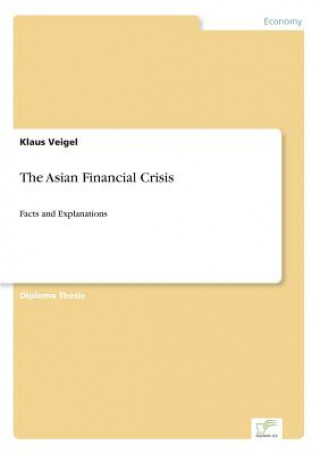
Kód: 02459143
Asian Financial Crisis
Autor Klaus Veigel
Diploma Thesis from the year 1999 in the subject Economics - Macro-economics, general, grade: 1,0, University of Freiburg (Unbekannt), language: English, abstract: Inhaltsangabe:Abstract: Macroeconomic stability and rapid export g ... celý popis
- Jazyk:
 Angličtina
Angličtina - Väzba: Brožovaná
- Počet strán: 130
Nakladateľ: Diplom.de, 1999
- Viac informácií o knihe

Mohlo by sa vám tiež páčiť
-

Sanctuary Line
11.22 € -13 % -

Winter of Summers, 4
16.89 € -6 % -

Woodcutter's Son, and Other English Tales Retold
20.13 € -

theoretische Darstellung der Satire als Betrachtungsform politischer Ereignisse mit Bezug auf den Wahlkampf 2005 am Beispiel Dr. Angela Merkel
50.89 € -

Unfallschwerpunkte in der Gummiindustrie
63.54 € -

Hoffnungszeichen
19.42 € -

Selbstcoaching in Konflikten
21.55 €
Darčekový poukaz: Radosť zaručená
- Darujte poukaz v ľubovoľnej hodnote, a my sa postaráme o zvyšok.
- Poukaz sa vzťahuje na všetky produkty v našej ponuke.
- Elektronický poukaz si vytlačíte z e-mailu a môžete ho ihneď darovať.
- Platnosť poukazu je 12 mesiacov od dátumu vystavenia.
Viac informácií o knihe Asian Financial Crisis
Nákupom získate 300 bodov
 Anotácia knihy
Anotácia knihy
Diploma Thesis from the year 1999 in the subject Economics - Macro-economics, general, grade: 1,0, University of Freiburg (Unbekannt), language: English, abstract: Inhaltsangabe:Abstract: Macroeconomic stability and rapid export growth were the two key elements in starting the virtuous circles of high rates of accumulation, efficient allocation, and strong productive growth that formed the basis for East Asia s success. (World Bank, 1993). Public perception of the Asian economies could hardly have shifted more since that time. Currency depreciation, rising corporate bankruptcy, bank failures, and sovereign bonds downgraded to junk bond status ended the euphoria in Asian emerging markets . Almost overnight, the reputation of the Newly Industrialized Countries (NICs) in East and South East Asia deteriorated from a model of efficient development to an example of worst crony capitalism .§Politicians, rating agencies, and investors were caught off guard by the development of the Asian financial crisis. During the meeting of the Asia-Pacific Economic Co-operation forum (APEC) in November 1997, U.S. President Bill Clinton referred to the financial crisis in Asia as merely a few small glitches in the road . Moody s and Standard and Poor s had upgraded the Philippines long term debt rating a few months earlier and downgraded the affected economies only when the crisis persisted for more than three months. Com-paring Thailand s situation to Mexico s economy prior to the peso crisis 1994-1995, the Morgan Stanley star analyst Barton Biggs wrote in January 1997: Thailand s problems are cyclical, not secular. Thailand is not Mexico in late1994. [..]On the numbers, Thailand qualifies for the euro and is healthier than Germany . The optimism seemed warranted by a history of high growth in the Asian countries. Before the outbreak of the crisis, Malaysia, Indonesia, Korea, and Thailand had experienced uninterrupted growth of more that 5 percent of GDP per year for almost two decades.§The economic profession also experienced its Waterloo in Asia. Economists not only failed to predict the crisis; they also failed to recognize the vulnerability of the region. Paul Krugman (1994) in his now famous article in Foreign Affairs was the only well-known economist to doubt the sustainability of rapid growth in East and Southeast Asia. Nevertheless, even he did not predict this kind of collapse, but rather a gradual economic slowdown of growth.§Despite the initial confusion among economists, academic discussion about the Asian financial crisis quickly crystallized around two different explanations of the crisis. One explanation of the Asian financial crisis states that the affected countries suffered from constantly deteriorating fundamentals, such as worsening cur-rent account deficits, growing dependence on short-term loans, slowing export growth, and a rising share of non-performing loans. This made a crisis inevitable. Proponents of this explanation believe the Asian countries were ruled by crony capitalism . Implicit and explicit government guarantees of loans led to over-investment and to investment in non-tradable and risky sectors, such as real estate and the stock market. This created an asset bubble, which eventually burst and dragged the over-leveraged financial intermediaries down with it.§The situation was aggravated by the fact that borrowed funds were largely de-nominated in U.S. dollars. The run on the currency and the subsequent abandon of the exchange rate peg gave rise to a skyrocketing debt burden in terms of domestic currency and caused a further spread of bankruptcies.6 Although the proponents of the crony capitalism explanation acknowledge that market might have overreacted, they argue that the exchange rate crisis was fully warranted by fundamentals and not entirely caused by market irrationality.§The second explanation blames the outbreak and the spread...
 Parametre knihy
Parametre knihy
Zaradenie knihy Knihy po anglicky Economics, finance, business & management Economics
120.01 €
- Celý názov: Asian Financial Crisis
- Autor: Klaus Veigel
- Jazyk:
 Angličtina
Angličtina - Väzba: Brožovaná
- Počet strán: 130
- EAN: 9783838615684
- ISBN: 3838615689
- ID: 02459143
- Nakladateľ: Diplom.de
- Hmotnosť: 177 g
- Rozmery: 210 × 148 × 8 mm
- Dátum vydania: 17. May 1999
Obľúbené z iného súdka
-
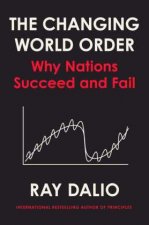
Principles for Dealing with the Changing World Order
23.37 € -8 % -

Team Topologies
23.97 € -10 % -

Freakonomics
9 € -10 % -

Misbehaving - The Making of Behavioral Economics
10.62 € -10 % -

Indispensable Milton Friedman
27.31 € -5 % -
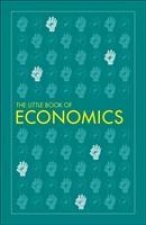
Little Book of Economics
11.02 € -23 % -

Why Nations Fail
12.84 € -

Pyramid Principle, The
47.25 € -
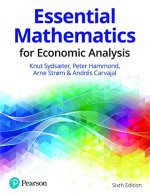
Essential Mathematics for Economic Analysis
72.96 € -8 % -
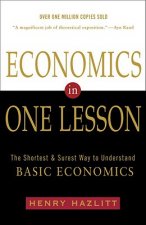
Economics In One Lesson
15.57 € -23 % -

Predictably Irrational
14.97 € -17 % -
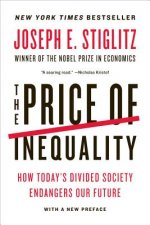
Price of Inequality
10.11 € -15 % -
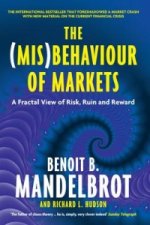
(Mis)Behaviour of Markets
14.26 € -23 % -

Debt, 10th Anniversary Edition
27.72 € -22 % -

A-Level Economics: Year 1 & 2 Complete Revision & Practice (with Online Edition)
28.02 € -9 % -

The Invisible Hand
8.90 € -13 % -

Liar's Poker
13.65 € -

Rational Optimist
13.65 € -

Irrational Exuberance
20.43 € -7 % -

Art of Statistics
10.92 € -23 % -

Scrum - A Pocket Guide - 3rd edition
22.56 € -4 % -

Hypomanic Edge
20.84 € -13 % -

How I Made One Million Dollars Last Year Trading Commodities
40.87 € -19 % -
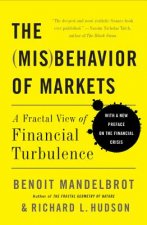
Misbehavior of Markets
24.38 € -
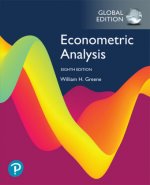
Econometric Analysis, Global Edition
86.41 € -

Cartoon Introduction to Economics
19.52 € -8 % -

Economics: The User's Guide
13.15 € -21 % -

Rise of Carry: The Dangerous Consequences of Volatility Suppression and the New Financial Order of Decaying Growth and Recurring Crisis
27.41 € -16 % -
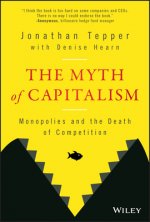
Myth of Capitalism - Monopolies and the Death of Competition
22.96 € -20 % -

How Rich Countries Got Rich and Why Poor Countries Stay Poor
16.38 € -23 % -

Business Etiquette in Brief
13.04 € -18 % -

Intermediate Microeconomics and Its Application
104.63 € -
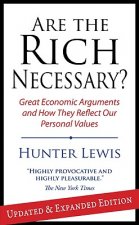
Are the Rich Necessary?
13.15 € -1 % -

Economic Point of View
27.92 € -

Discovery, Capitalism & Distributive Justice
22.66 € -

Driving Digital Transformation
21.75 € -23 % -

Start-Up Nation
9.20 € -22 % -
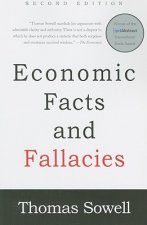
Economic Facts and Fallacies
16.89 € -20 % -

Decision Book
18.81 € -2 % -
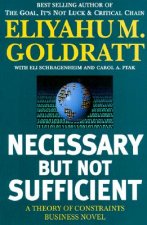
Necessary but Not Sufficient
16.99 € -19 % -

Freakonomics
6.37 € -25 % -

Economics Book
21.24 € -16 % -

Leading at a Higher Level
32.07 € -

Principles of Economics
15.68 € -13 % -
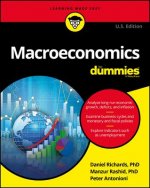
Macroeconomics For Dummies
24.58 € -5 % -

45 Second Presentation That Will Change Your Life
9.81 € -19 % -
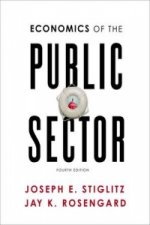
Economics of the Public Sector
82.37 € -

Factfulness
10.11 € -24 % -

Currency Wars
16.49 € -14 %
Osobný odber Bratislava a 2642 dalších
Copyright ©2008-24 najlacnejsie-knihy.sk Všetky práva vyhradenéSúkromieCookies



 21 miliónov titulov
21 miliónov titulov Vrátenie do mesiaca
Vrátenie do mesiaca 02/210 210 99 (8-15.30h)
02/210 210 99 (8-15.30h)